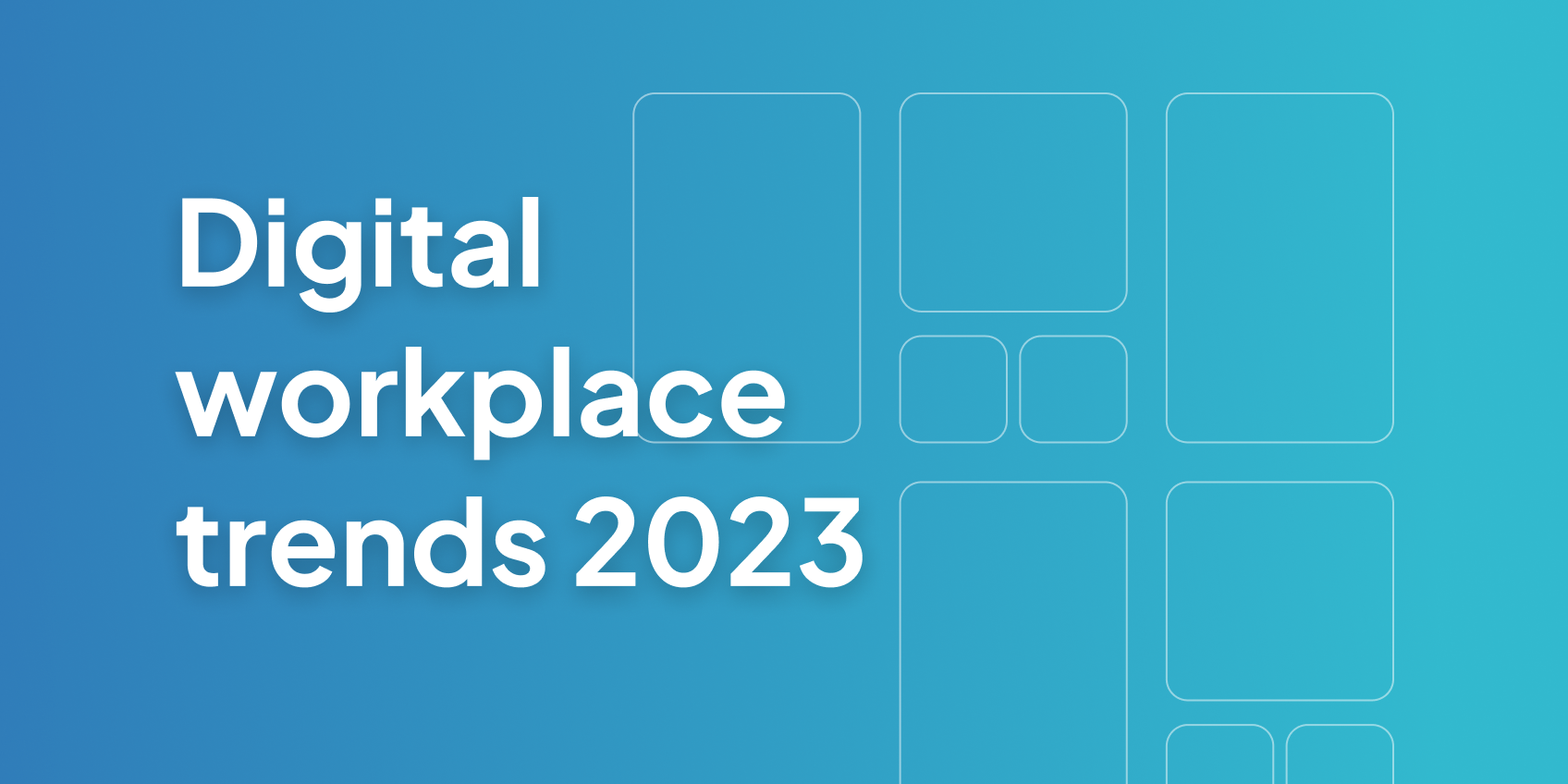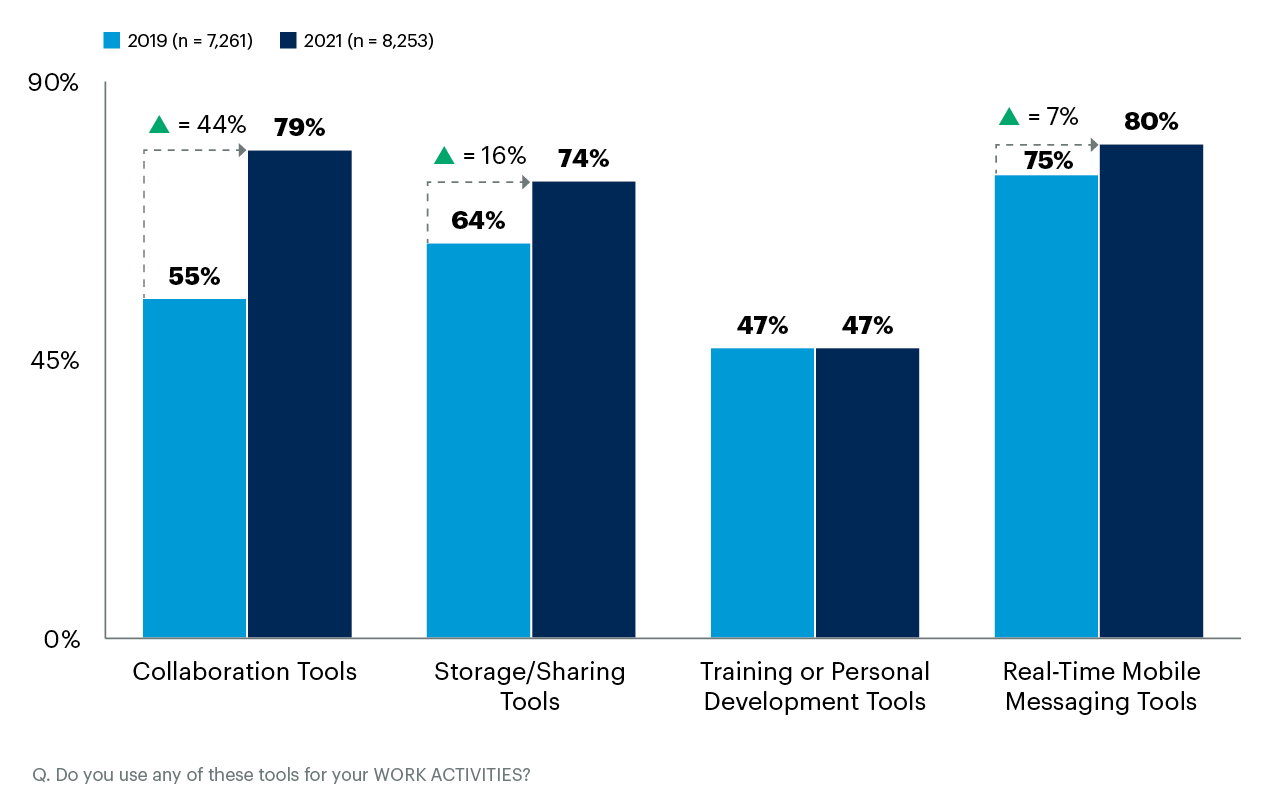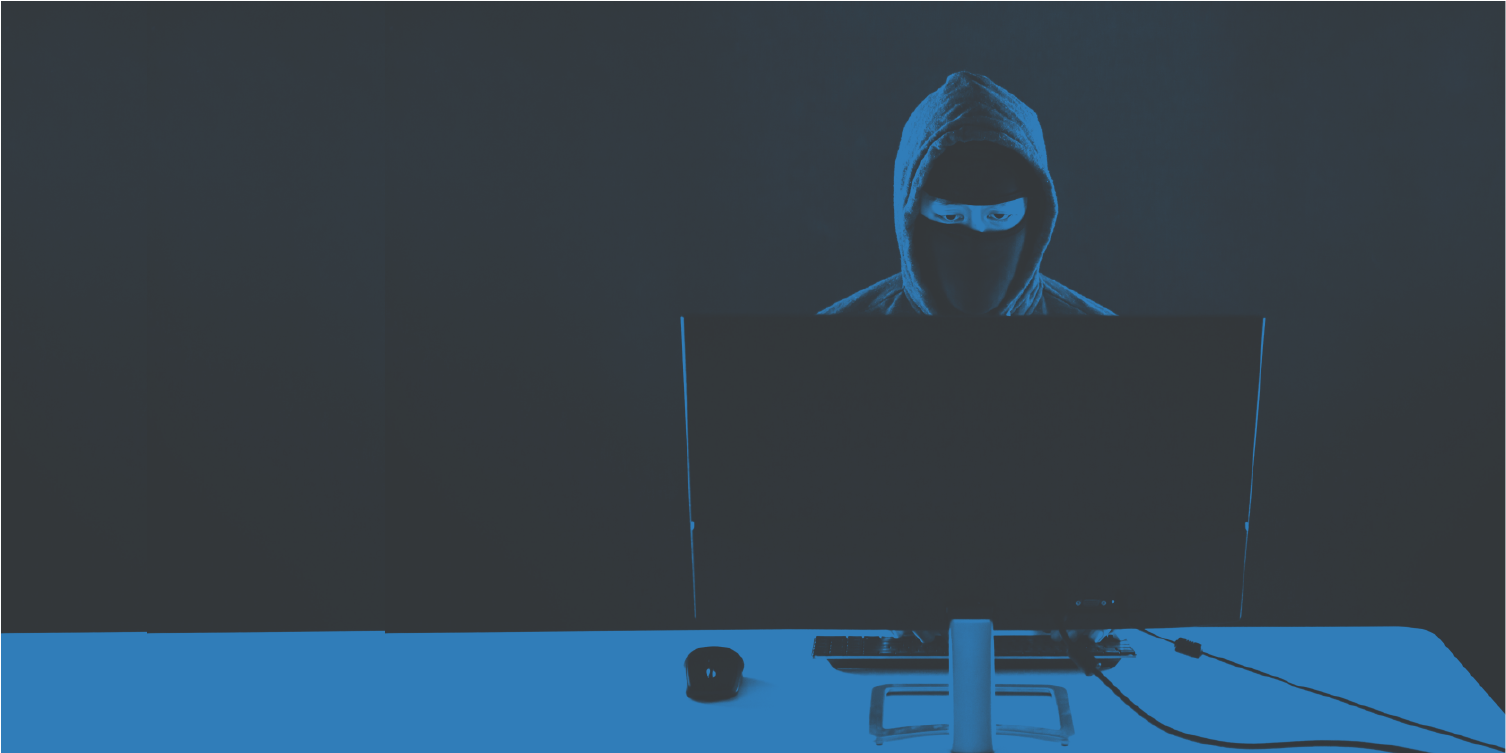
Digital Collaboration Trends in 2023
By Ranggi R.
Published on August 10, 2023
Just like fashion, music, and other things that are considered as pop culture, technology has its trends as well.
In a way, technology trends change faster than others, since technology development is also accelerated. It affects significant and constant changes.
There is no way for technology to cease. Therefore, always be aware of current trends in it and what it will be in the near future.
Digital Collaboration Research
If you are wondering what the current technology trends are, one of them is digital collaboration.
Since COVID-19 hit the world in 2020, people have found ways to carry out their activities while paying attention to their health, including those who run businesses.
As a result, a new work method was invented, which was Work From Home (WFH). This method heavily relied on digital collaboration, enabling employees to get their work done without having to travel from home to the office.
Gradually, the trend of digital collaboration emerged. According to a survey by Gartner, about 80% of workers rely on collaboration tools for work in 2021. It is up from just over half of workers in 2019. That means there has been an increase of 44% since the pandemic began.
Still from Gartner, digital collaboration trends will last longer than expected, as its prediction about in-person enterprise meetings in 2024 will drop from 60% to 25%, replaced by remote work and changing workforce demographics.
It is safe to say that we cannot separate digital collaboration trends from technology itself.
Digital Collaboration Essential Aspects
Digital collaboration trends appear with reasons.
There are two important aspects of the digital collaboration trend that prove that used digital tools also count as digital collaboration tools. The two aspects are:
1) Remote Team Building and Socialization
These tools allow everyone to store, access, and share collectively everywhere in real time. You can see this in cloud storage platforms, document collaboration software, and file sharing best practices.

2) Real-Time Collaboration and Communication
These tools enable everyone to interact digitally with each other. These tools can hold virtual meetings or conferences, send messages, or add internal notes for recipients.
Apart from digital work, there are methods that combine conventional and modern methods, known as hybrid methods.

Hybrid Work: Pros and Cons
Like digital collaboration trends, hybrid work provides flexibility to employees. They can work both at the office or from home, making them work in any location.
Moreover, hybrid work also contributes to digital collaboration trends. With the adoption of communication and video call software, employees do not need to gather in one place to conduct a meeting.
However, there are also drawbacks of hybrid work. Below is a list of hybrid workplace pros and cons:

Whatever it is, hybrid work will become one of the digital collaboration trends adopted by more companies. This will be the top choice from a business standpoint.
Top 5 Collaboration Tools in 2023
To keep up with digital collaboration trends, hand yourself with tools that support digital collaboration itself.
We provide 5 recommendations for digital collaboration tools, listed below:
For the digital collaboration trend, this is the perfect tool to use. This tool features video calls, direct messages (DMs), and tons of channels you can create. You can try Slack on your phone or laptop.
Designed as a project management solution, Basecamp also can be used as a digital collaboration tool. You can start a private chat, create schedules, work on projects with others, and many more.
Using the cloud, Microsoft 365 appears with its ease. With Microsoft 365, you can access files anywhere and improve communication, while it can automatically upgrade itself. No wonder it is the main choice for organizations.
Google is always part of every technology trend, including digital collaboration trends with Google Workspace. With its well-secured protection, you can collaborate in real-time, manage files, and schedule meetings.
Miro proves that a blank space can allow you to keep up with digital collaboration trends. With that blank space, you can add mind maps, Kanban boards, flowcharts, product roadmaps, and others.
Conclusion
In the end, it would be better if we could work together with other colleagues.
Consider yourself lucky enough with the trend of digital collaboration, because you can get work done and bring out the best in people on your team now.
So, be relevant with digital collaboration.



